Tag: Sweden
-
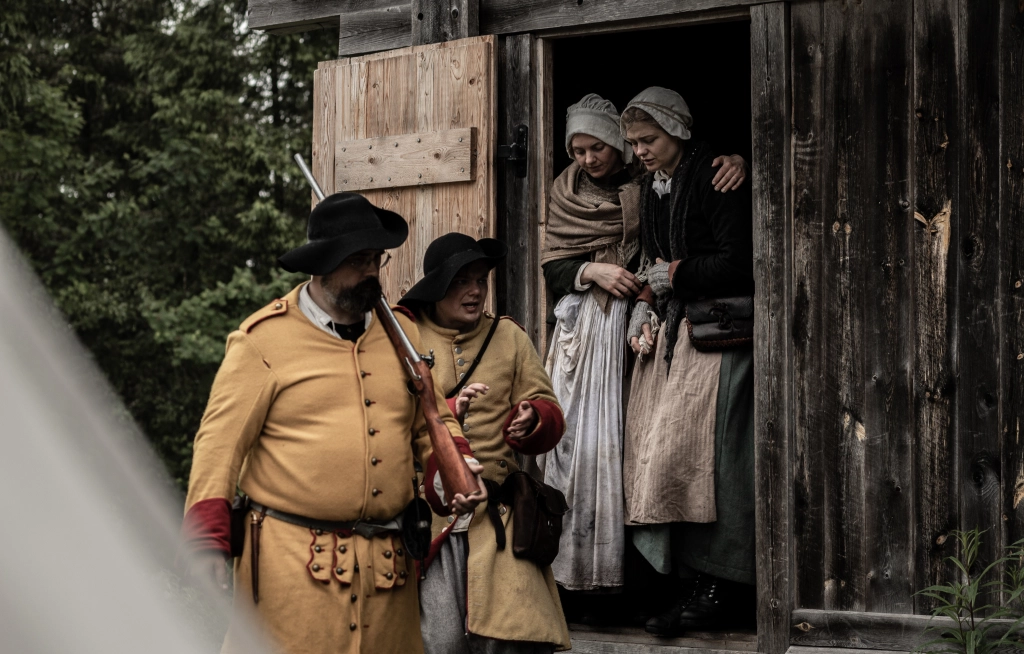
Snapphaneland
I’m back from waging guerrilla warfare from deep in the Swedish woods, desperately trying to keep Scania under the rightful Danish King and not the usurper Swedish crown…
-

Vedergällningen, the Vengeance: a Viking Horror Larp
Vedergällningen was a Viking horror larp in Sweden focusing on the relationships between humans, their community, and their gods.
-
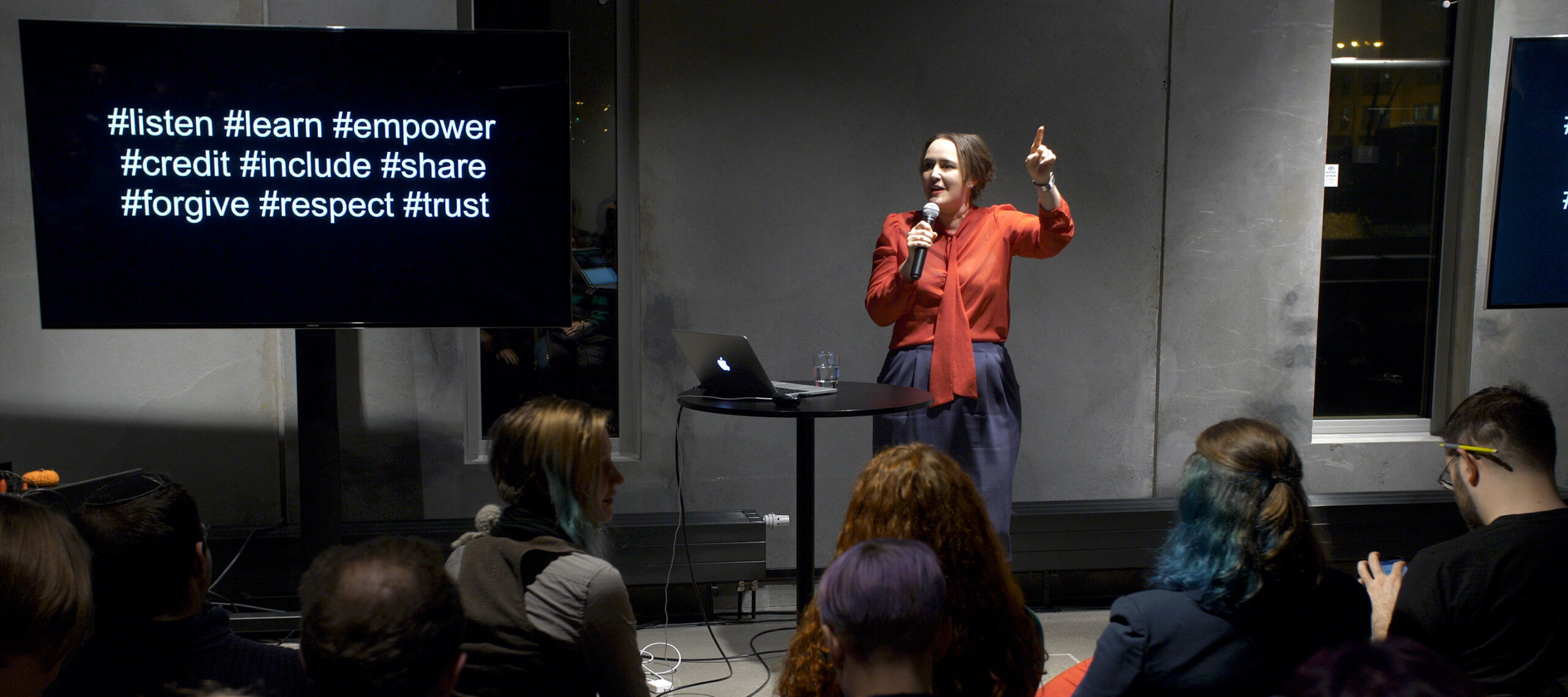
Nordic Larp Talks Malmö 2018
This years Nordic Larp Talks are out! You can watch them all in the embedded playlist below, or go over to Nordic Larp Talks to get some more context and background. Nordic Larp Talks Oslo 2017 As a bonus, we can also present Nordic Larp Talks Oslo 2017! They are all in the embedded playlist
-
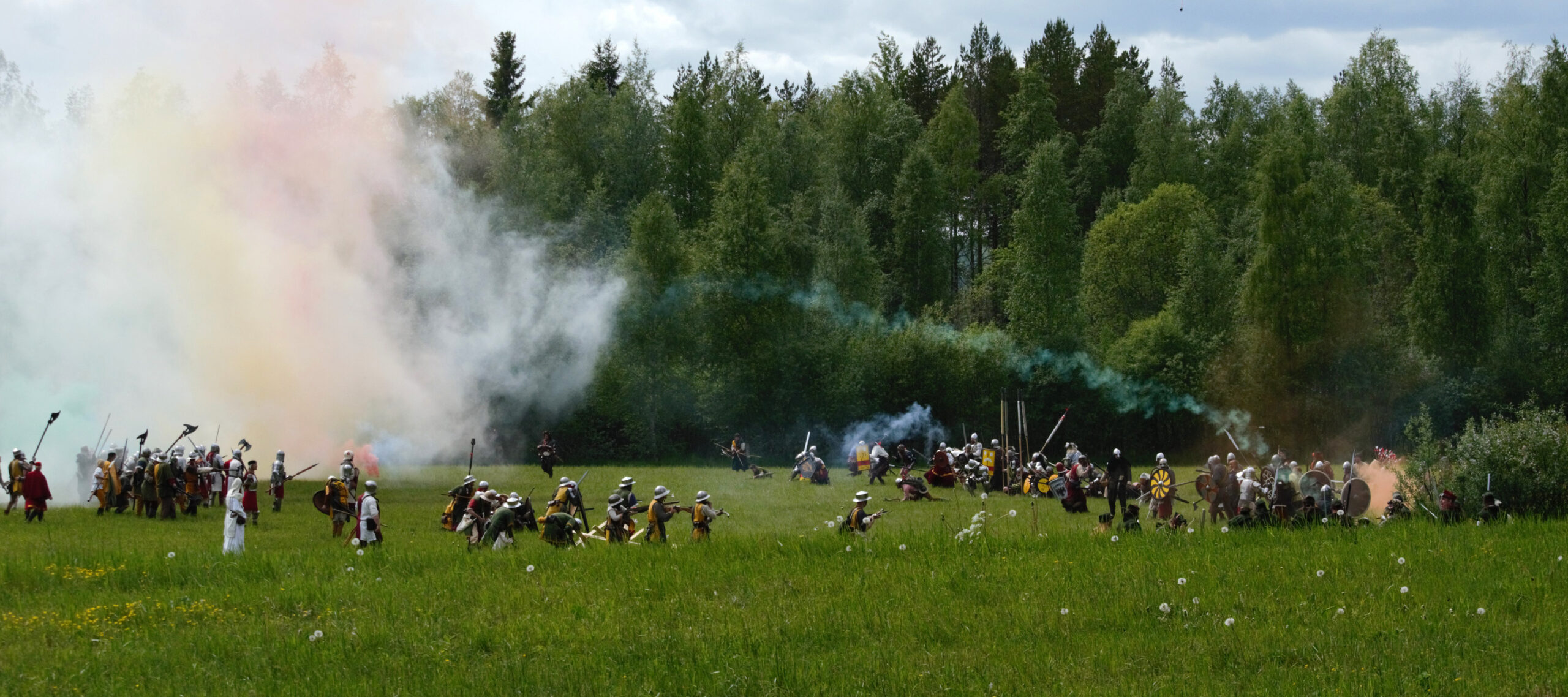
Krigshjärta 7 – The Gamification of Nordic Fantasy Larp
Krigshjärta 7 was the latest addition to the Krigshjärta (Heart of War) campaign, a Swedish war larp campaign that has gained international recognition.
-
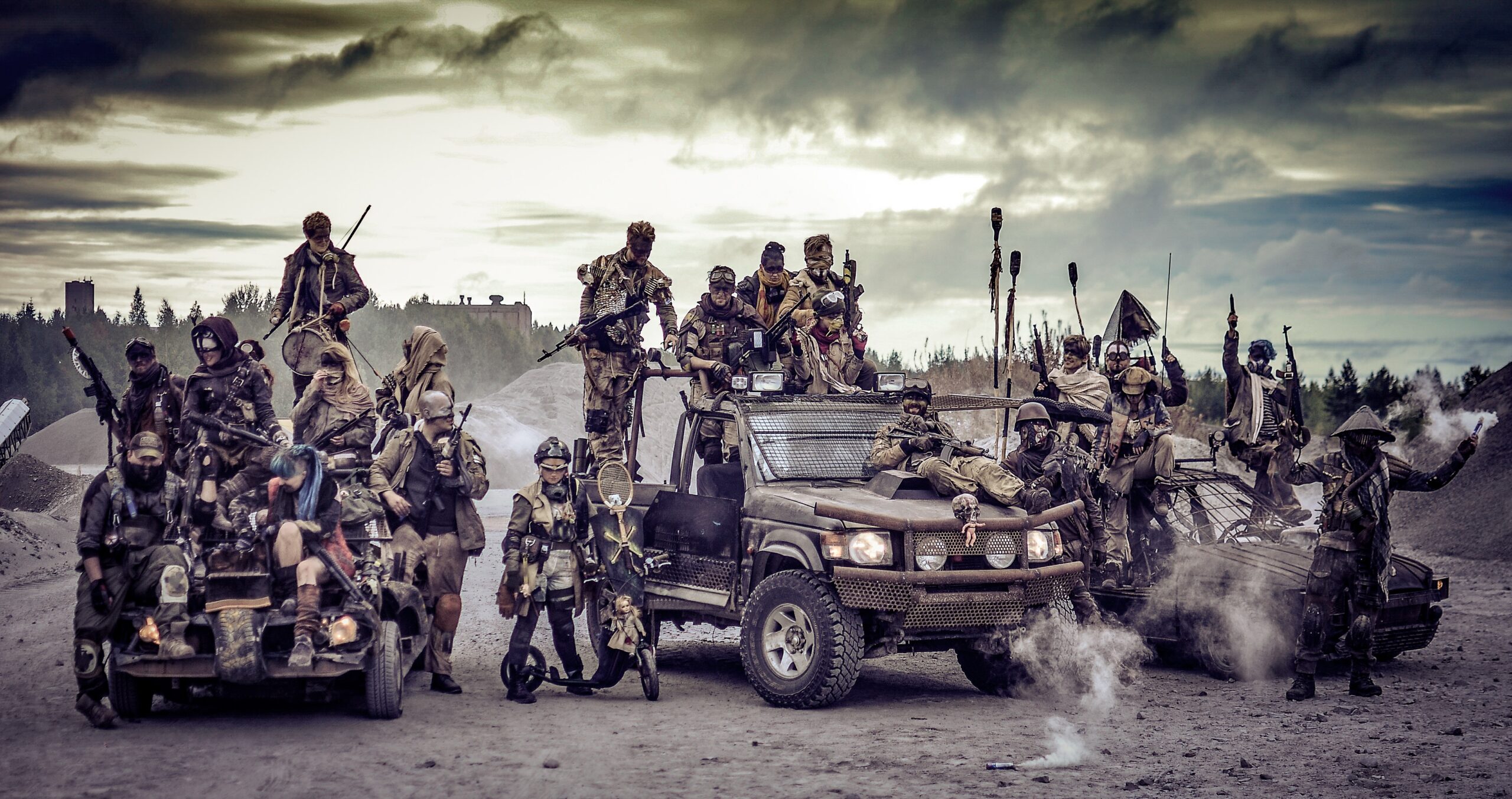
Photo Report: Blodsband Reloaded 2016
Blodsband Reloaded is a Swedish larp campaign inspired by over the top post apocalyptic fiction like Fallout and Mad Max. Enjoy some beautiful photos from the larp.
-
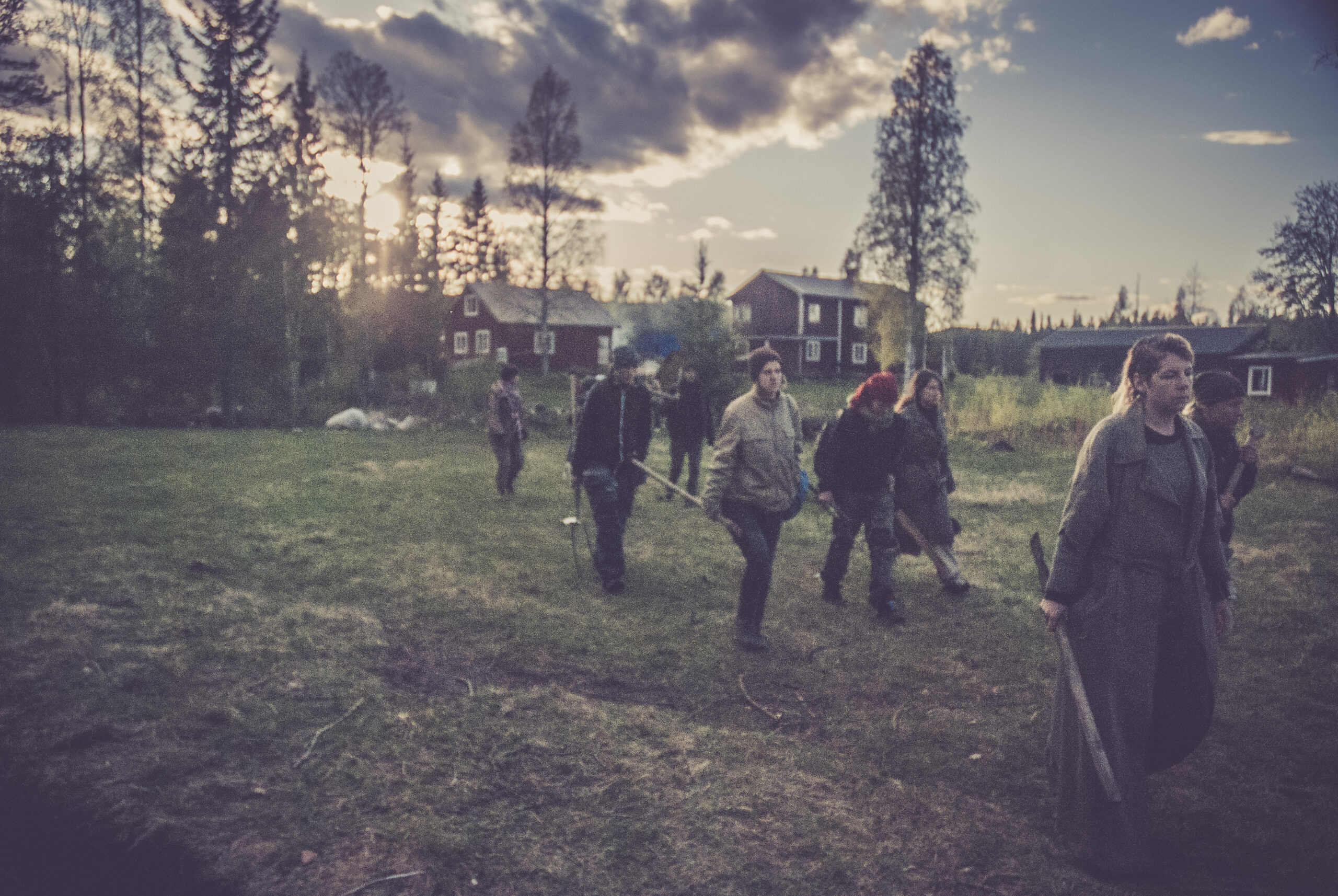
Hinterland – The Will to Survive
Hinterland was set a few years in the future: a future in which war has destroyed much of society and the infrastructure of modern civilization. Millions of Swedes now live in overcrowded refugee camps scattered around the countryside, at the mercy of ad-hoc crisis authorities, whose resources are stretched way too thin. Life in the…
-
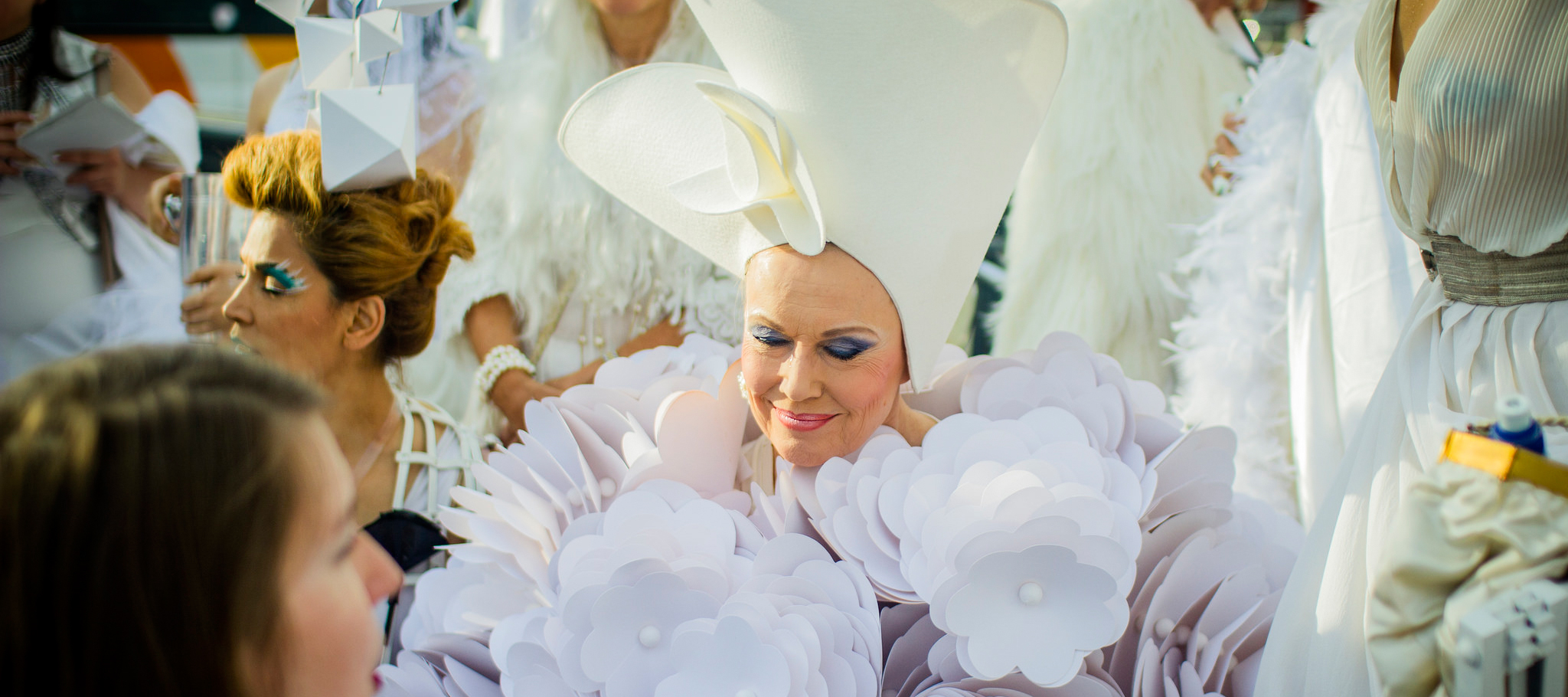
Gertrudes möhippa – A Near-successful Crossover of Larp and Theater
Recently, the Royal Dramatic theater (Dramaten) in Stockholm staged its first larp ever. Gertrudes Möhippa (Gertrude’s Bachelorette: for brevity I’ll use Gertrude) was designed and produced by Jesper Berglund and Christopher Sandberg and staged twice on successive days, with a maximum of 180 participants in each run. I participated in the second run. A Crossover
-
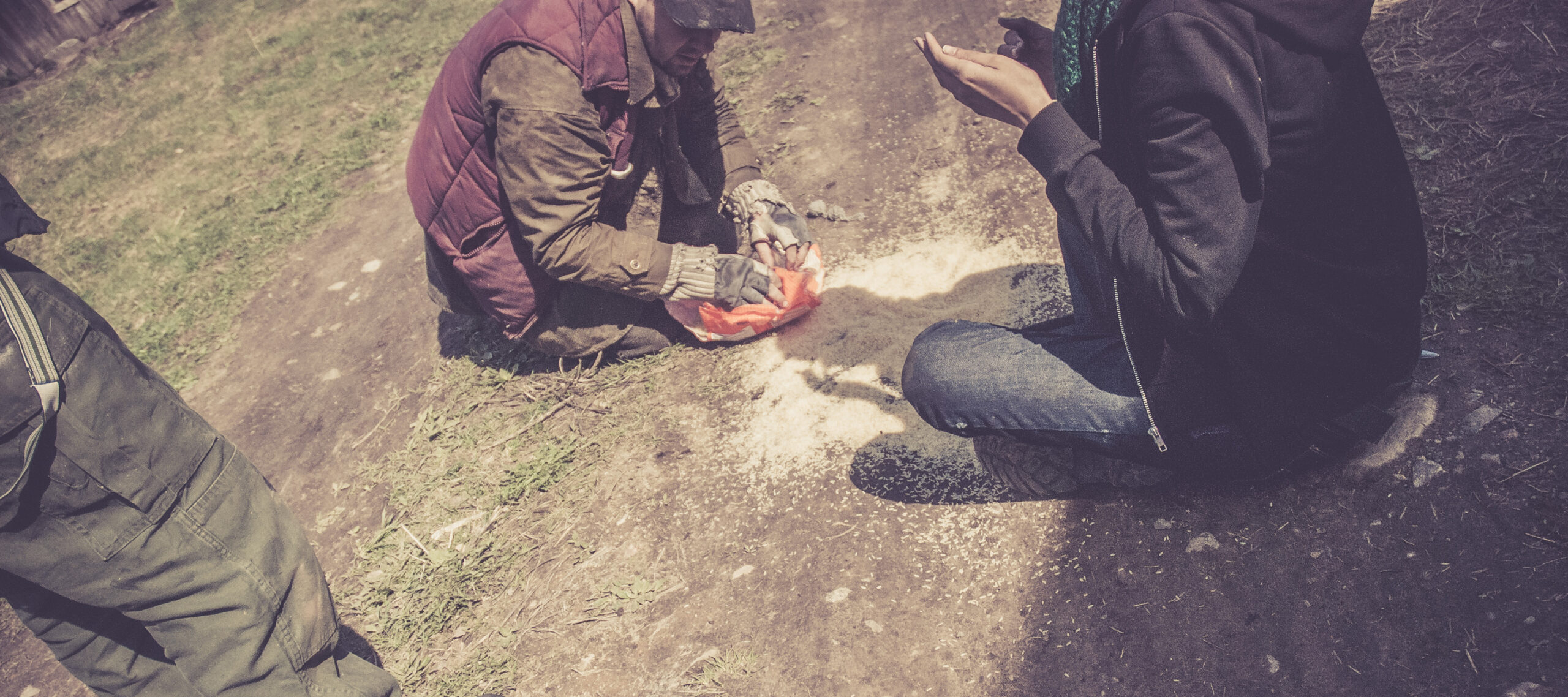
Hinterland: Playing to Really Lose
In the year 2013, the Swedish midsummer idyll is shattered to pieces when Russia suddenly attacks. A war without winners commences, followed by the deadly epidemic called Rosen (the Rose). In refugee camps around the country, tens of thousands die from starvation, violence and sickness. Three years after that first fatal bombing night, the gates
-
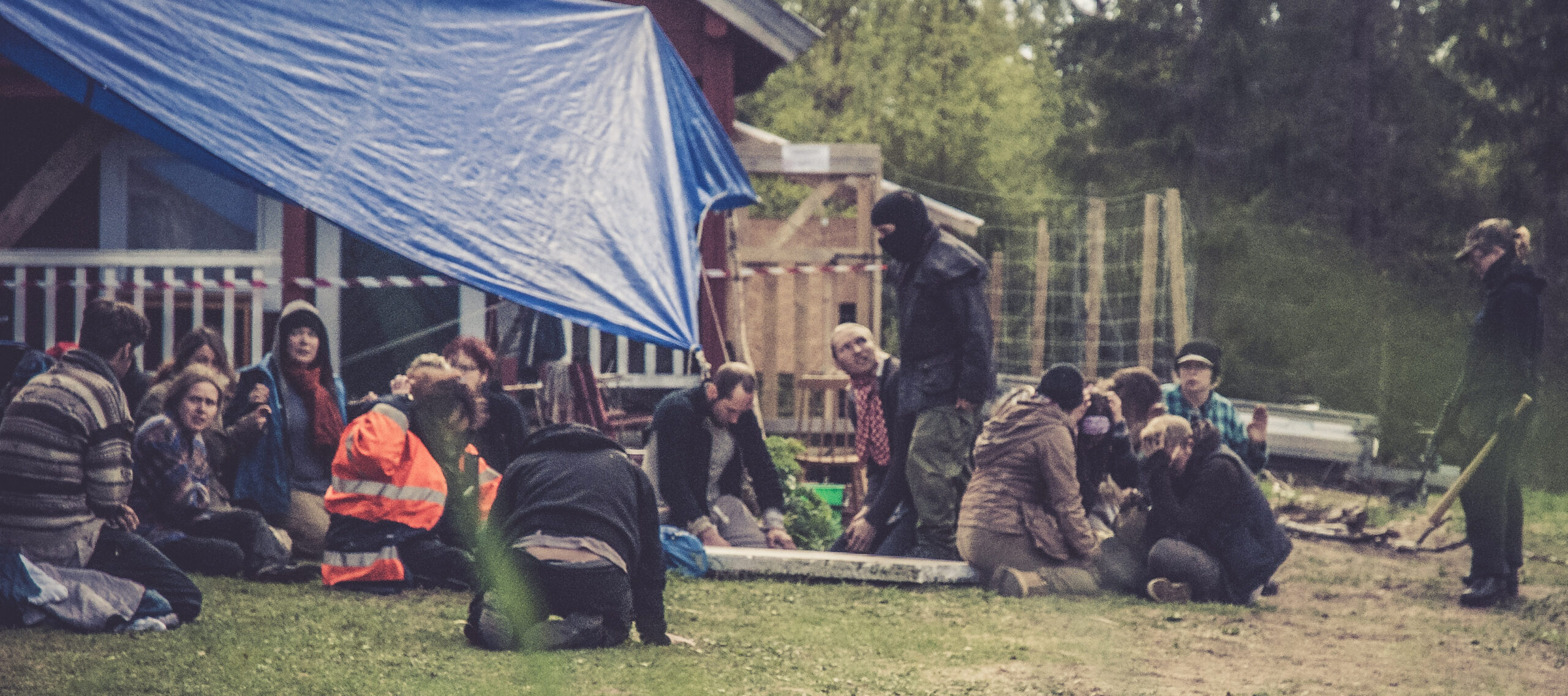
Hinterland: Design for Real Knives and Misery
Hinterland was a Swedish post-apocalyptic larp about refugees and disease. It was language-neutral, in effect meaning that people did their best to switch to whichever language was most inclusive for the players present in any given scene. What follows is my personal take as a player on some aspects of its design, and in particular…
-
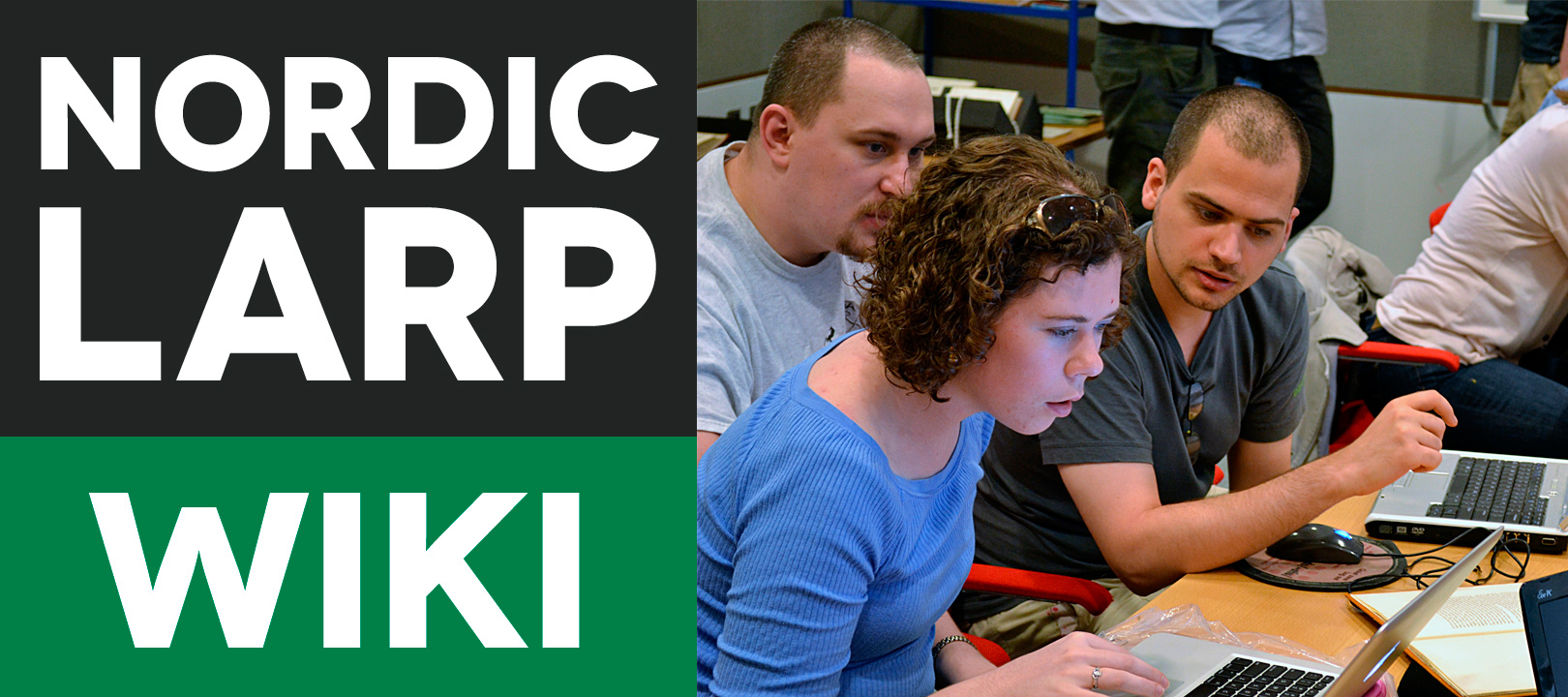
Nordic Larp Wiki Edit-a-thon
in
It’s time for another edit-a-thon! Previous events made many qualitative new articles and changes in the Wiki. An edit-a-thon is an event where we gather and work very focused on putting in content into the Nordic Larp Wiki. Let’s make the great Nordic Larp Wiki even grander! The edit-a-thon will be coordinated over at Facebook: https://www.facebook.com/events/875866419122959/